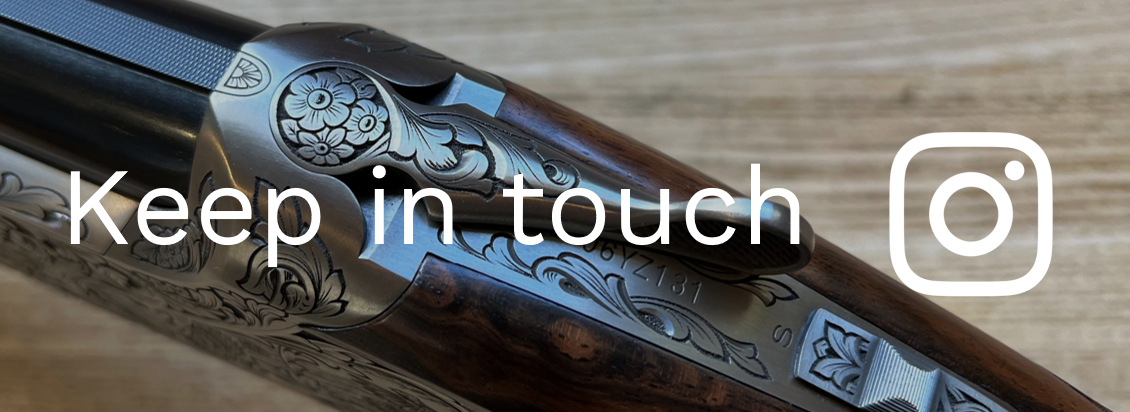Most visitors to the countryside remain blissfully unaware of being in the presence of woodcock, until a sudden whirr of wings and then a glimpse of something moving like a jet powered corkscrew, confirms that one or more were close at hand. The woodcock belongs to that large category of British birds where one may have to derive pleasure from simply knowing that it exists, rather than actually getting to see one in the flesh. And, alas, like many British birds, woodcock are not in good shape; a situation which has led Shropshire landowner and keen shooter, Charles Pinckney, to call upon other game shooters to resist the temptation to bag woodcock pairs, in favour of, as he describes it, “doffing their caps” at the birds. Pinckney has promised that any shooter doing this and who has been seen to do so by two reliable witnesses, will receive a bottle of his own estate brewed sloe gin. Pinckney’s suggestion comes on the back of news that numbers of UK resident breeding woodcock are now believed to have fallen to around 55,000 pairs. If these statistics accurate are – and anecdotal evidence from around the country confirms the decline of the resident bird – then the time may have come to stop shooting it all together. This may draw gasps of astonishment from many in the shooting community because those UK residents are joined each year by more than a million overwintering cousins from elsewhere in Europe, offering an abundance of great sport, north of the border especially.
The reason for the decline in woodcock numbers in this country has been the subject of much research. The Game Conservancy Trust, who will certainly have a better idea than most, says on its website that: “It should be borne in mind that Britain and Ireland represent the western limit of the woodcock’s breeding range and that the species only became widely established as a breeding bird after the 1850s, with the large-scale planting of woodland, primarily for pheasant shooting. Changing climate and changes in the suitability and management of woodland might therefore be important. We are conducting further analysis of our datasets to examine patterns in the distribution of breeding woodcock with respect to these factors, as well as others potentially influencing the recent fall in numbers, such as predation, deer, recreational disturbance and shooting”. Clearly then, however attractive the UK remains as a short term overwintering spot for the eastern European visitors, the locals need help. It is unlikely that Pinckney’s suggestion will, meet with widespread support. Shooting woodcock provides not only one of the great challenges for game shooters, but it also provides welcome income in many rural communities. There is however a way in which the plight of the domestic population could be brought home to the shooting community by a body with some real influence. Since 1984 Shooting Times magazine has marked the feat of bagging a brace of woodcock with a right and left, by conferring upon those shooters achieving it membership of the
Shooting Times Woodcock Club; an honour which brings with it a bottle of gin and an invitation to an annual dinner. The country sports community is right to hold fiercely to its traditions, but some of those traditions are more expendable than others and given that the origins of the Woodcock Club are little more than three decades old and in the light of the clear need to help the bird which gives it its name, perhaps the publishers might now consider announcing the termination of the event and their support for the Pickney initiative.

